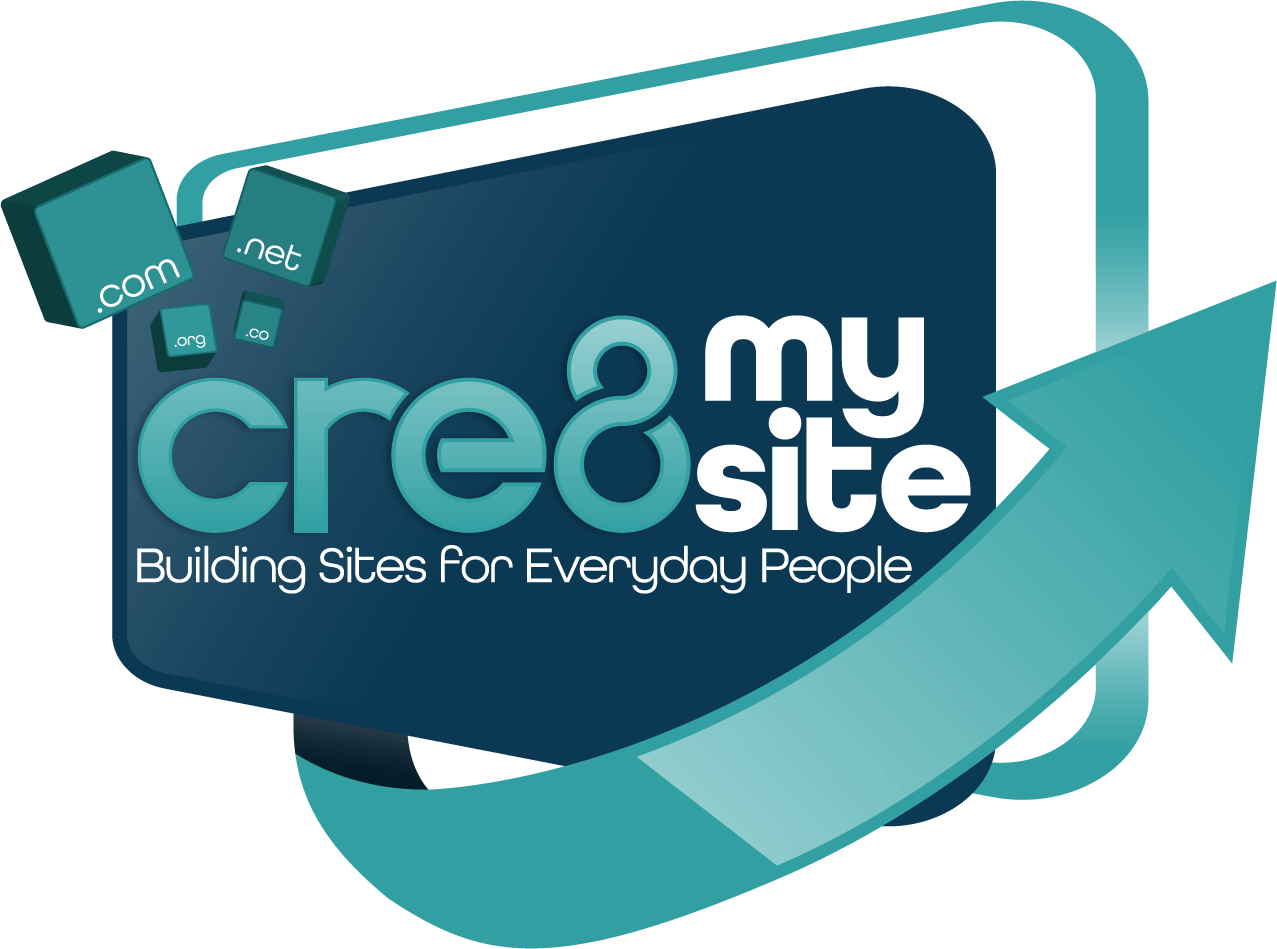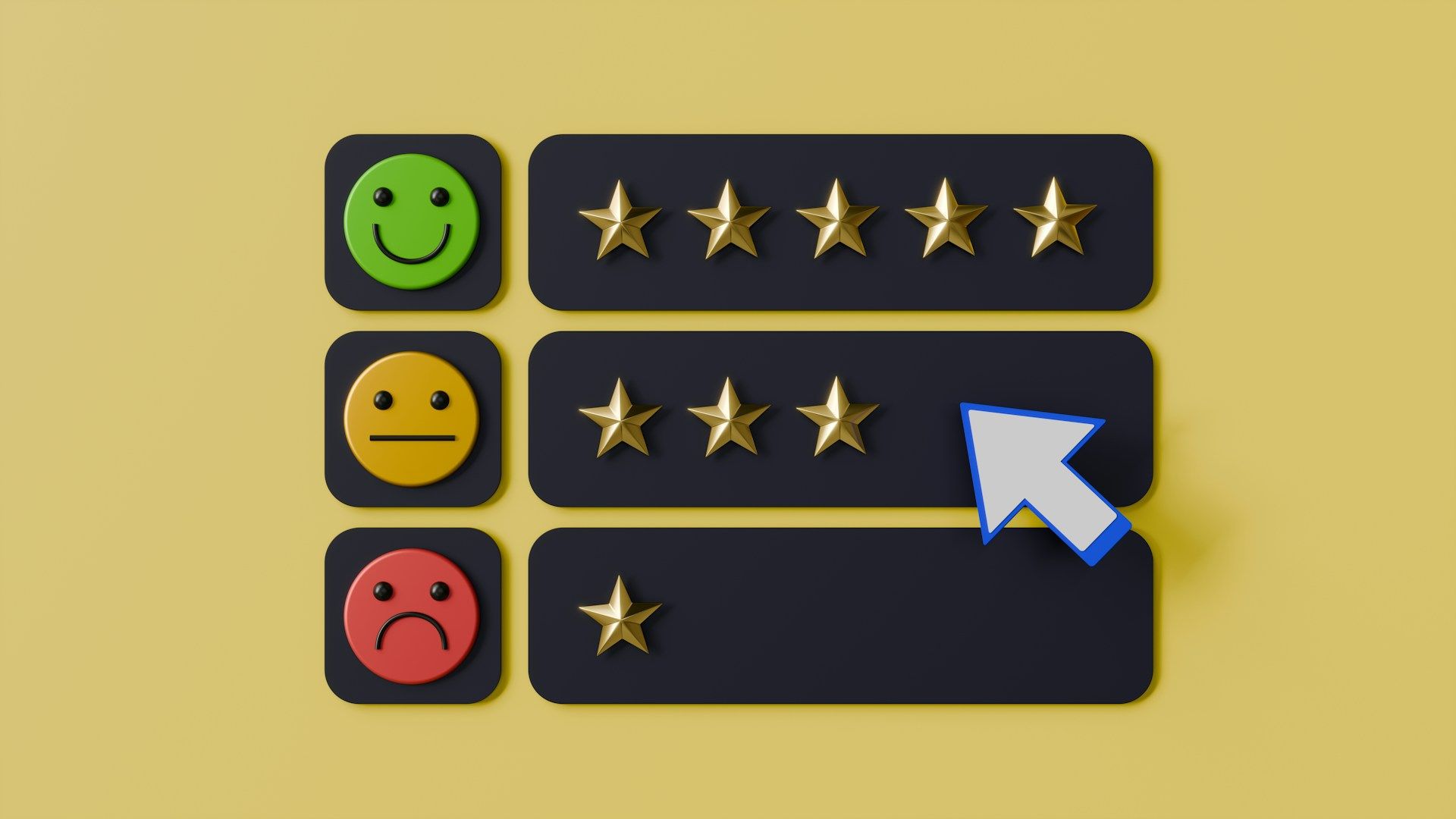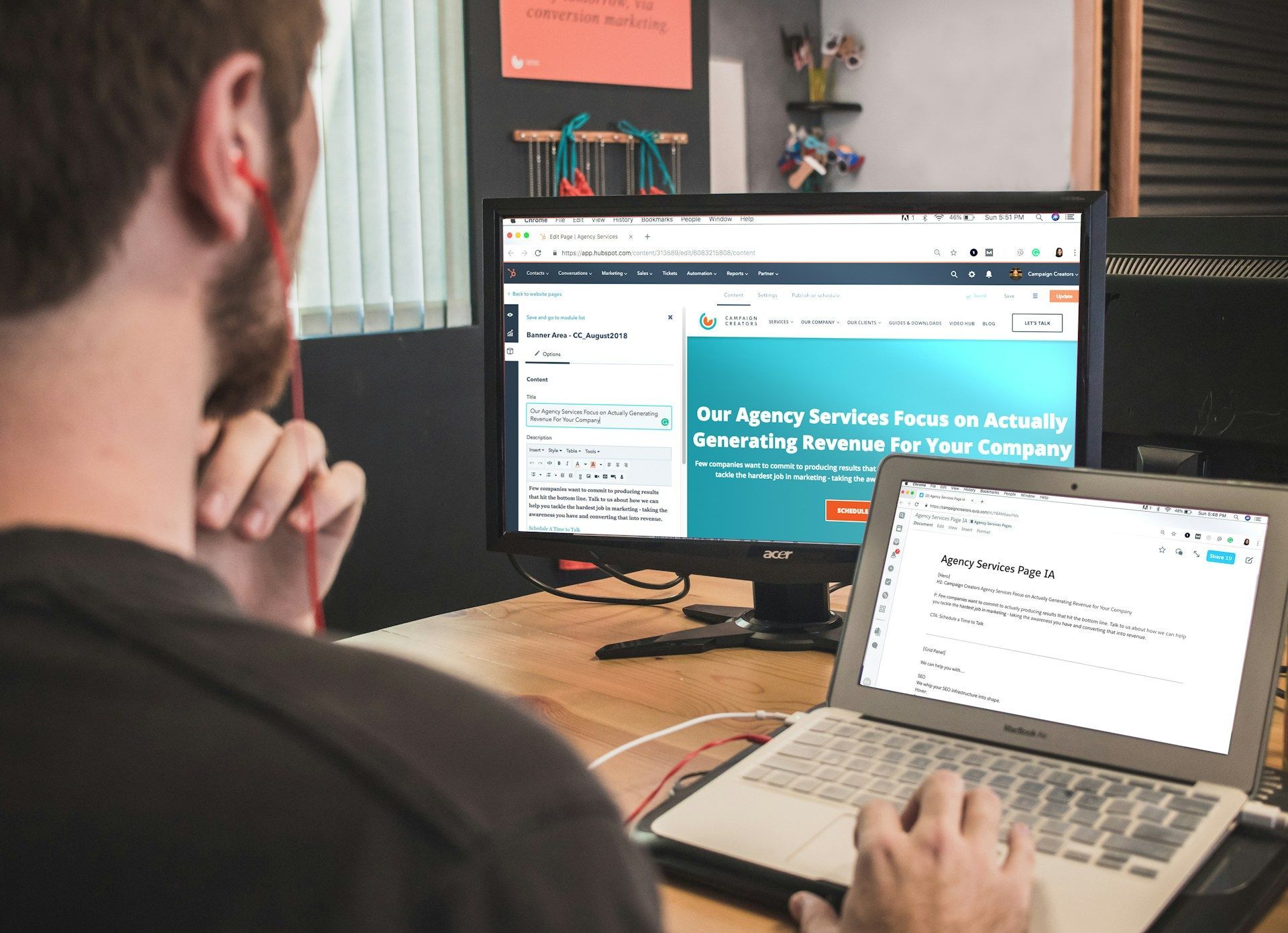Avoid These SEO Errors to Boost Your Site
Search engine optimization (SEO) is key to getting your website noticed. However, many businesses still make common mistakes that hurt their site’s performance. Fixing these errors can significantly boost your site's visibility and traffic. Let’s explore these pitfalls in detail and learn how to avoid them.
Neglecting Keyword Research and Optimization
Keyword research is a cornerstone of SEO. It helps you understand what terms people use to search for products or services like yours. By neglecting keyword research, you miss out on valuable traffic. First, use tools like Google Keyword Planner or Ubersuggest to find relevant keywords. Make sure to choose keywords that have a good search volume but aren’t too competitive.
Once you have a list of keywords, incorporate them naturally into your website content. Use them in titles, headers, and throughout your content. Avoid keyword stuffing, which is the practice of overloading your content with keywords. This can actually harm your rankings. Instead, aim for a natural and helpful tone.
Long-tail keywords are less competitive and more specific. They might attract fewer people, but those who do visit your site are more likely to be interested in what you offer. Include long-tail keywords in your blog posts, product descriptions, and FAQs to capture this audience.
Lastly, regularly update your keywords. Search trends change, so it’s important to revisit your keyword strategy every few months. This keeps your content relevant and increases your chances of staying high in search results.
Ignoring Mobile Optimization
Mobile optimization is crucial. Many people use their phones to browse the internet, and if your site doesn’t work well on mobile devices, you lose potential visitors. Start by choosing a responsive design for your website. This ensures that your site looks and functions well on any device, whether it’s a phone, tablet, or desktop.
Page speed is vital for mobile users. Slow-loading pages frustrate visitors and increase the bounce rate. Use tools like Google’s PageSpeed Insights to identify and fix issues slowing down your site. Compress images and use accelerated mobile pages (AMP) to make your site load faster on mobile devices.
Make sure your buttons and links are easy to click on a small screen. Nothing is more annoying than trying to click a tiny link on a phone. Make your text readable without zooming in. Use larger fonts and ensure there’s enough contrast between the text and background.
Mobile-friendly navigation is also important. Simplify your menus and use a clean layout so users can easily find what they’re looking for. Test your site on different devices to ensure it provides a seamless user experience across the board.
Overlooking Quality Content Creation
Creating high-quality content is essential for keeping visitors on your site and improving your SEO. Search engines like Google reward sites that offer valuable and relevant content. Start by understanding your audience. What are their needs and questions? Tailor your content to meet these needs.
Your content should be engaging and easy to read. Break up text with headings, bullet points, and images. This makes your content scannable and keeps readers interested. Avoid using complicated words or jargon that might confuse your audience. Simple and clear language works best.
Include multimedia elements like videos, infographics, and images to make your content more appealing. Visuals can help explain complex ideas and keep your audience engaged for longer. Also, ensure your content is original and offers a unique perspective. Plagiarized or regurgitated content won’t do your site any favors.
Update your content regularly. Fresh content shows search engines that your site is active and relevant. You can update old blogs with new information or create new content that reflects current trends and topics. This ongoing effort pays off in better engagement and higher search rankings.
Failing to Monitor and Analyze Performance
Monitoring and analyzing your site’s performance is crucial for understanding what works and what doesn’t. Use tools like Google Analytics to track visitor behavior, page views, and conversion rates. This data helps you identify strengths and weaknesses in your SEO strategy.
Set measurable goals for your site. Whether it’s increasing traffic, boosting conversion rates, or improving page load times, having clear objectives allows you to measure progress effectively. Track these goals regularly to see how well your site is performing.
Pay attention to key metrics such as bounce rate, time on page, and traffic sources. A high bounce rate might indicate that visitors aren’t finding what they’re looking for, while low time on page can suggest that your content isn’t engaging. By analyzing these metrics, you can make informed decisions to improve your site.
Regularly conduct SEO audits to spot technical issues that might be hindering your performance. These audits can reveal problems like broken links, missing meta descriptions, and slow page speeds. Fixing these issues can have a significant impact on your search engine rankings.
Use A/B testing to find what elements resonate best with your audience. Test different headlines, images, and calls to action to see which versions perform better. This ongoing experimentation can help you refine your content and improve your overall site performance.
Conclusion
Avoiding common SEO errors can make a big difference in how well your website performs. By focusing on keyword research and optimization, you ensure that your content reaches the right audience. Making your site mobile-friendly attracts more visitors and keeps them engaged.
High-quality content creation is key to satisfying your audience's needs and improving your search engine rankings. Lastly, monitoring and analyzing your site's performance helps you make informed decisions and continual improvements.
Taking these steps can significantly boost your site's visibility and effectiveness. At Cre8 My Site, we're here to help through our
local SEO services for small businesses. Contact us today to find out how we can help you avoid these mistakes and achieve your online goals!
Small Businesses Are Our Passion
Build a professional digital presence that your company can be proud of with Cre8 My Site's Fully Managed Plans. They will help create an amazing website for your business with exceptional support. Choose a plan to cover your business needs.
Business Hours
Monday-Friday - 8:00am-5:00pm
Saturday - Appointment Only
Sunday - Closed












